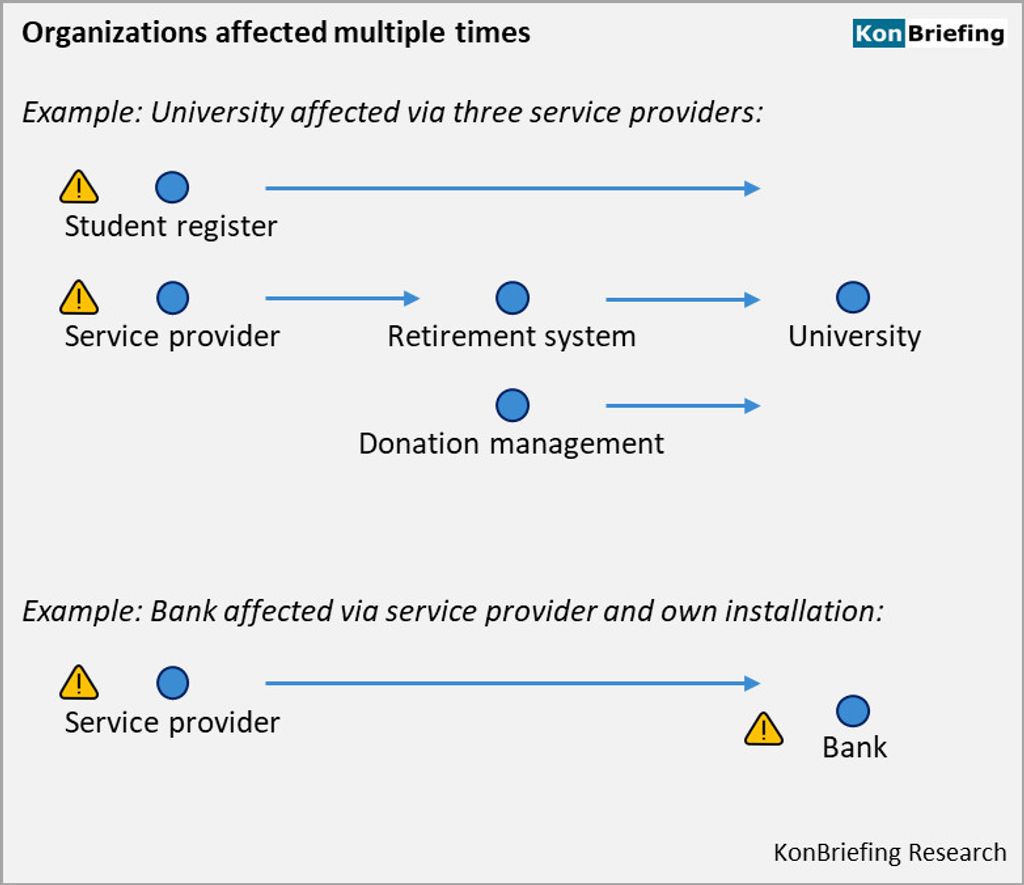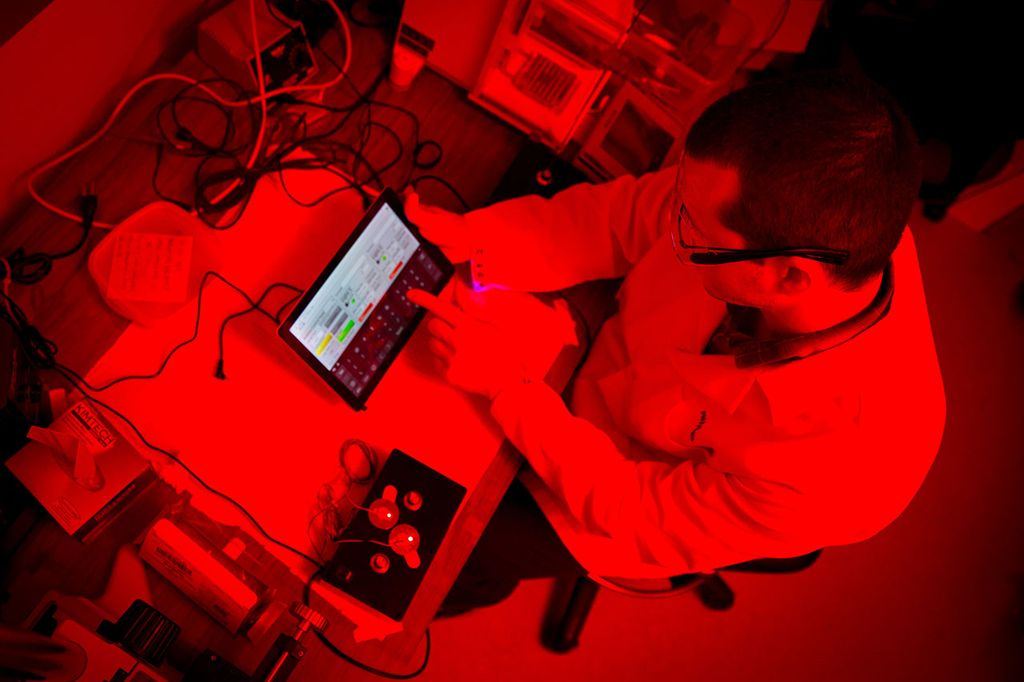
In today's digital age, email has become an essential communication tool for researchers. However, managing researcher email can be a daunting task, often leading to wasted time and decreased productivity. Mastering time management for researcher email is crucial for staying organized, prioritizing tasks, and ensuring efficient communication. By implementing effective strategies and utilizing time-saving tools, researchers can streamline their email workflow and maximize productivity. In this article, we will explore key strategies and tools for mastering time management for researcher email.

Poor time management when it comes to managing researcher email can have significant negative consequences. It can lead to missed deadlines, delayed responses to important emails, and a cluttered inbox that makes it difficult to find and prioritize messages. Researchers who struggle with time management may also experience increased stress and overwhelm, as they try to juggle multiple tasks and responsibilities. In order to avoid these challenges, it is crucial for researchers to develop effective time management strategies for their email workflow.
Effective time management for researcher email can provide numerous benefits, including:
Increased productivity: By efficiently managing email, researchers can spend less time on administrative tasks and more time on their research.
Reduced stress: Having a well-organized email system allows researchers to easily find and respond to important messages, reducing the stress of a cluttered inbox.
Improved communication: With effective time management, researchers can ensure timely responses to important emails, leading to better communication and collaboration with colleagues and collaborators.
Enhanced focus: By setting priorities and goals for managing email, researchers can avoid getting overwhelmed and stay focused on their research tasks.
Better work-life balance: By effectively managing email, researchers can allocate dedicated time for work and personal activities, leading to a healthier work-life balance.
Tip: Implementing email filters and rules can help automate the sorting and organization of emails, further improving time management and productivity.

When managing researcher email, it is crucial to identify and prioritize important emails. This ensures that you address the most critical messages first and avoid missing any crucial information. Here are some strategies to help you effectively identify and prioritize important emails:
Setting realistic goals for email response time is crucial for effective time management. It is important to establish a balance between being responsive to emails and not letting them consume all of your time. Here are some tips to help you set realistic goals:
By setting realistic goals for email response time, you can ensure that you are managing your email efficiently without sacrificing other important tasks and responsibilities.

Creating folders and labels is an essential step in organizing your email efficiently. By categorizing your emails into different folders and applying labels, you can easily locate and manage specific types of emails. Bold important keywords in the folder names and labels to make them stand out.
Implementing a table can be helpful for presenting structured data, such as categorizing emails based on priority or topic. For example:
Additionally, you can use a bulleted list to outline the steps for creating folders and labels:
Remember to regularly review and update your folders and labels to ensure they continue to meet your needs.
Tip: Use descriptive names for your folders and labels to make it easier to find and organize your emails.
Filters and rules are powerful tools that can help researchers automate the sorting and organization of their emails. By setting up filters and rules, researchers can automatically categorize incoming emails, assign labels or folders, and even forward or delete certain types of emails. This not only saves time and effort but also ensures that important emails are prioritized and easily accessible.
One effective way to utilize filters and rules is by creating a set of criteria based on specific keywords, sender addresses, or subject lines. For example, researchers can create a filter that automatically moves emails containing the keyword urgent to a designated folder or applies a specific label. This allows researchers to quickly identify and address urgent matters without having to manually sort through their entire inbox.
Another useful feature of filters and rules is the ability to automatically forward or delete certain types of emails. For instance, researchers can set up a rule to automatically forward emails from a specific sender to a colleague or assistant, ensuring that important messages are promptly addressed even when they are not directly received by the researcher.
By utilizing filters and rules effectively, researchers can streamline their email workflow, reduce clutter, and ensure that important emails are promptly addressed.
Implementing email templates can greatly improve efficiency and save time when responding to common inquiries or requests. By creating pre-written templates for frequently asked questions or standard responses, researchers can quickly provide accurate and consistent information without having to type out the same message repeatedly. Templates can be customized and personalized as needed, allowing researchers to maintain a professional tone while still saving valuable time.

When it comes to writing emails, it is important to be clear and concise. Highlighting the main points and using subtle emphasis can help ensure that your message is easily understood. Additionally, structuring your content in a bulleted or numbered list can make it easier for the recipient to follow. Remember to keep your paragraphs short and to the point.
When it comes to email communication, it is important to follow proper etiquette to enhance professionalism. Here are some tips to keep in mind:
Following these email etiquette guidelines will help you maintain a professional image and ensure effective communication.
In today's digital age, researchers often find themselves overwhelmed with a constant influx of emails. Managing email overload and avoiding inbox clutter is crucial for maintaining productivity and focus. Here are some strategies to help researchers effectively manage their email:

In order to maximize productivity and efficiency in managing researcher email, it is essential to leverage the power of email productivity tools and plugins. These tools can help streamline email workflows, automate repetitive tasks, and enhance overall email management. Here are some key tools and plugins that researchers can consider using:
By utilizing these email productivity tools and plugins, researchers can effectively manage their email workload and improve their overall productivity.
Batch processing and scheduled email checking are effective strategies for managing email overload and improving productivity. By dedicating specific time slots to process and respond to emails, researchers can avoid constant interruptions and maintain focus on their work. Here are some tips for implementing batch processing and scheduled email checking:
Implementing batch processing and scheduled email checking can significantly improve efficiency and reduce the time spent on email-related tasks.
Implementing keyboard shortcuts can significantly improve your email navigation speed and efficiency. By memorizing a few key combinations, you can perform common actions with just a few keystrokes. Here are some benefits of using keyboard shortcuts:
To get started with keyboard shortcuts, refer to your email client's documentation or settings to learn the available shortcuts and customize them to suit your workflow.
In conclusion, mastering time management for researcher email is crucial for maintaining productivity and efficiency. By implementing strategies such as prioritizing emails, setting specific time blocks for email checking, and utilizing email management tools, researchers can effectively manage their email workload and avoid becoming overwhelmed. Time management is a skill that can greatly benefit researchers in their daily work, allowing them to focus on their research and achieve their goals. Remember, effective time management is the key to success in the world of research.
Poor time management can lead to delayed responses, missed opportunities, and increased stress levels for researchers.
Effective time management allows researchers to prioritize tasks, respond promptly to important emails, and maintain a well-organized inbox.
You can identify important emails by considering the sender, subject, and urgency. Prioritize emails that require immediate attention or are directly related to your research.
A realistic goal for email response time depends on your workload and availability. Aim to respond to important emails within 24-48 hours.
Most email clients provide options to create folders and labels. Create folders based on project, priority, or category to easily categorize and locate emails.
Yes, email clients often offer filters and rules to automatically sort incoming emails into specific folders based on criteria such as sender, subject, or keywords.